一篇文章带你搞定 SpringBoot 整合 Swagger2
前后端分离后,维护接口文档基本上是必不可少的工作。
一个理想的状态是设计好后,接口文档发给前端和后端,大伙按照既定的规则各自开发,开发好了对接上了就可以上线了。当然这是一种非常理想的状态,实际开发中却很少遇到这样的情况,接口总是在不断的变化之中,有变化就要去维护,做过的小伙伴都知道这件事有多么头大!还好,有一些工具可以减轻我们的工作量,Swagger2就是其中之一,至于其他类似功能但是却收费的软件,这里就不做过多介绍了。
文章目录
- 一、创建工程
- 二、Swagger2 配置
- 三、简单示例
- 四、中文配置案例
- 五、在 Security 中的配置
一、创建工程
创建 SpringBoot 工程项目,创建时只需要加入 spring-boot-starter-web 依赖即可,
Maven 仓库搜索 Swagger2 依赖:

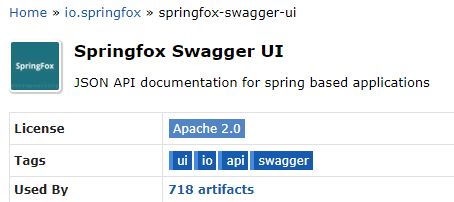
<dependency><groupId>io.springfox</groupId><artifactId>springfox-swagger2</artifactId><version>2.9.2</version></dependency><!-- https://mvnrepository.com/artifact/io.springfox/springfox-swagger-ui --><dependency><groupId>io.springfox</groupId><artifactId>springfox-swagger-ui</artifactId><version>2.9.2</version></dependency>
二、Swagger2 配置
Swagger2的配置也是比较容易的,在项目创建成功之后,只需要开发者自己提供一个Docket的Bean即可,如下:
import org.springframework.context.annotation.Bean;import org.springframework.context.annotation.Configuration;import springfox.documentation.builders.ApiInfoBuilder;import springfox.documentation.builders.PathSelectors;import springfox.documentation.builders.RequestHandlerSelectors;import springfox.documentation.service.Contact;import springfox.documentation.spi.DocumentationType;import springfox.documentation.spring.web.plugins.Docket;import springfox.documentation.swagger2.annotations.EnableSwagger2WebFlux;@Configuration@EnableSwagger2public class Swagger2Config {@BeanDocket docket() {return new Docket(DocumentationType.SWAGGER_2).select().apis(RequestHandlerSelectors.basePackage("org.yolo.swagger2.controller")).paths(PathSelectors.any()).build().apiInfo(new ApiInfoBuilder()//网站描述.description("接口文档的描述信息").title("微人事项目接口文档")//联系人信息.contact(new Contact("yolo","blog.csdn.net","xxxx@gmail.com"))//版本.version("v1.0").license("Apache2.0").build());}}
这里提供一个配置类,首先通过@EnableSwagger2WebFlux注解启用Swagger2,然后配置一个Docket Bean,这个Bean中,配置映射路径和要扫描的接口的位置,在apiInfo中,主要配置一下Swagger2文档网站的信息,例如网站的title,网站的描述,联系人的信息,使用的协议等等。
三、简单示例
(1)定义 User
public class User {private Integer id;private String username;private String address;//get,set 方法省略}
(2)定义 Controller
@RestControllerpublic class UserController {@GetMapping("/user")public User getUserById(Integer id){User user = new User();user.setId(id);return user;}}
在这种 restful 风格的代码里,需要明确指定接口是什么请求(get/post 等),不能直接写成 requestMapping,不然前端会生成6个方法,get,post 等都能发,会比较混乱。
启动项目,访问:http://localhost:8080/swagger-ui.html
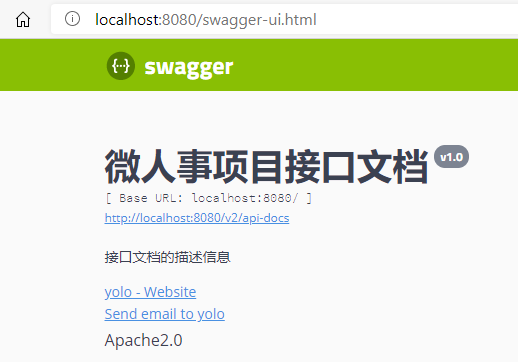
也可以配置成中文描述
四、中文配置案例
(1)对于参数的描述可以放在实体类中
@ApiModel(value = "用户实体类",description = "用户信息描述类")public class User {@ApiModelProperty(value = "用户id")private Integer id;@ApiModelProperty(value = "用户名")private String username;@ApiModelProperty(value = "用户地址")private String address;//get,set 方法省略}
(2)创建接口
@RestController@Api(tags = "用户数据接口")public class UserController {@ApiOperation(value = "查询用户", notes = "根据用户id查询用户")@ApiImplicitParam(name = "id", value = "用户id", required = true, defaultValue = "99")@GetMapping("/user")public User getUserById(Integer id) {User user = new User();user.setId(id);return user;}@ApiOperation(value = "删除用户", notes = "根据用户id删除用户")@ApiImplicitParam(name = "id", value = "用户id", required = true, defaultValue = "99")@ApiResponses({@ApiResponse(code = 200, message = "删除成功"),@ApiResponse(code = 500, message = "删除失败")})@DeleteMapping("/user/{id}")public void deleteUserById(@PathVariable Integer id) {System.out.println("deleteUserById:" + id);}@PutMapping("/user")@ApiImplicitParams({@ApiImplicitParam(name = "id", value = "用户id", required = true, defaultValue = "99"),@ApiImplicitParam(name = "username", value = "用户名", required = true, defaultValue = "javaboy")})@ApiOperation(value = "更新用户", notes = "根据用户id更新用户名")// @ApiIgnorepublic User updateUsernameById(String username, Integer id) {User user = new User();user.setId(id);user.setUsername(username);return user;}@PostMapping("/user")@ApiOperation(value = "添加用户", notes = "添加用户接口")public User addUser(@RequestBody User user) {return user;}}
(1)
@Api注解可以用来标记当前Controller的功能。
(2)@ApiOperation注解用来标记一个方法的作用。
(3)@ApiImplicitParam注解用来描述一个参数,可以配置参数的中文含义,也可以给参数设置默认值,这样在接口测试的时候可以避免手动输入。
(4)如果有多个参数,则需要使用多个@ApiImplicitParam注解来描述,多个@ApiImplicitParam注解需要放在一个@ApiImplicitParams注解中。
(5)需要注意的是,@ApiImplicitParam注解中虽然可以指定参数是必填的,但是却不能代替@RequestParam(required = true),前者的必填只是在Swagger2框架内必填,抛弃了Swagger2,这个限制就没用了,所以假如开发者需要指定一个参数必填,@RequestParam(required = true)注解还是不能省略。
(3)效果展示

可以看到,所有的接口这里都列出来了,包括接口请求方式,接口地址以及接口的名字等,点开一个接口,可以看到如下信息:
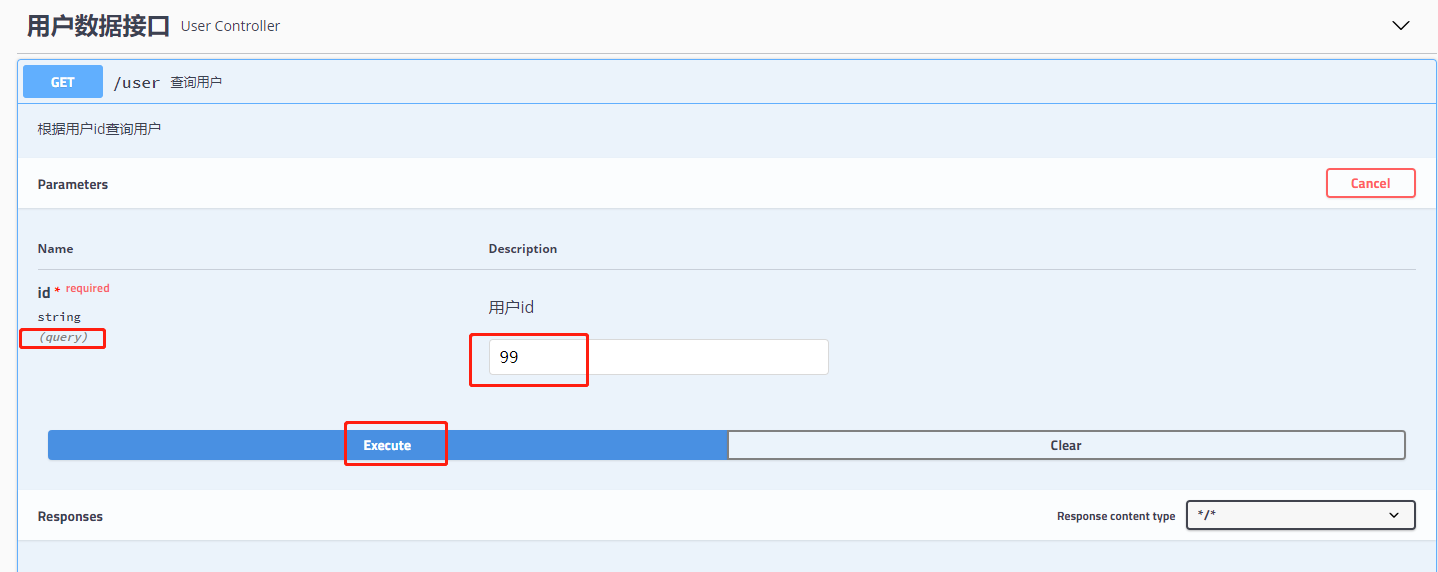
可以看到,接口的参数,参数要求,参数默认值等等统统都展示出来了,参数类型下的query表示参数以key/value的形式传递,点击右上角的Try it out,就可以进行接口测试:
点击Execute按钮,表示发送请求进行测试。测试结果会展示在下面的Response中。
小伙伴们注意,参数类型下面的query表示参数以key/value的形式传递,这里的值也可能是body,body表示参数以请求体的方式传递,例如上文的更新接口,如下:
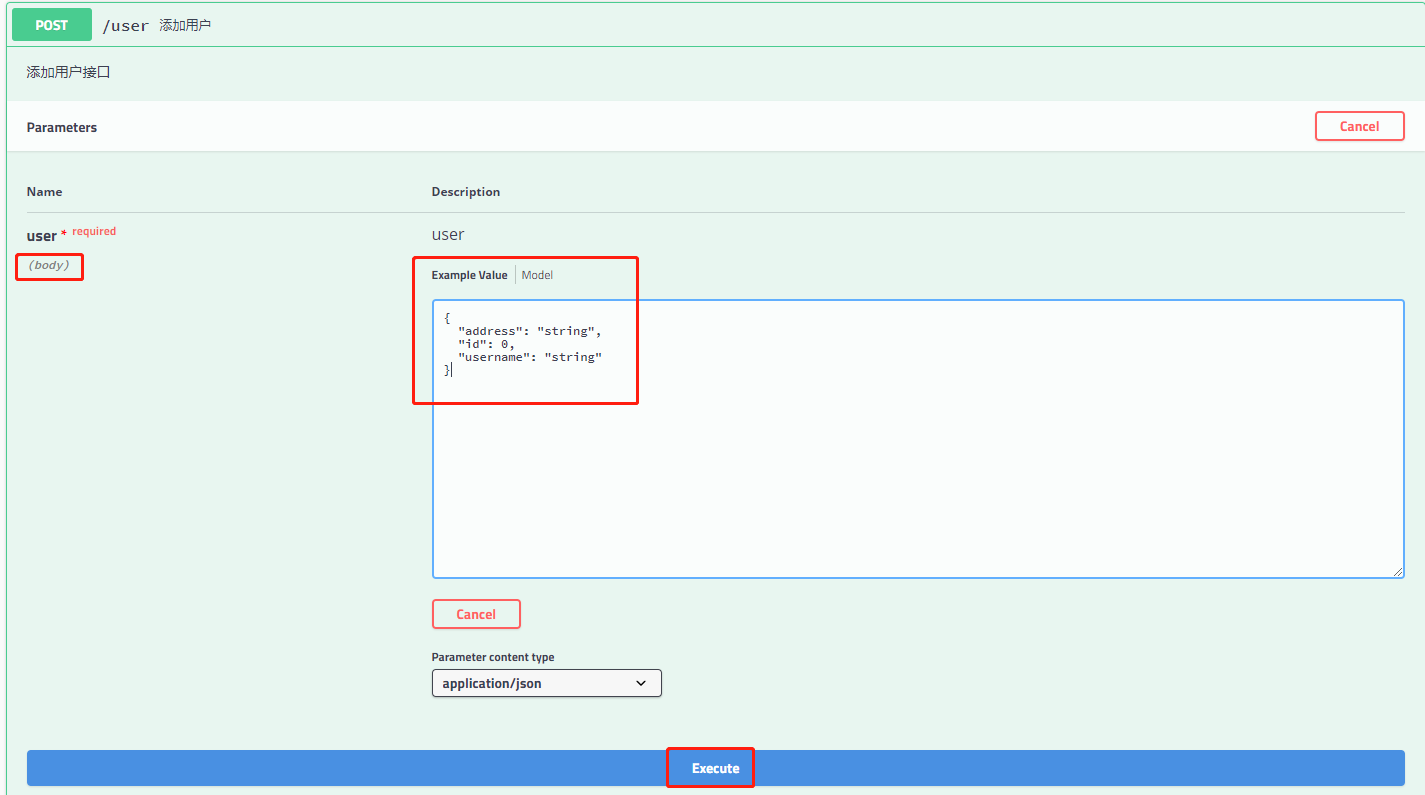
当然还有一种可能就是这里的参数为path,表示参数放在路径中传递,例如根据id查询用户的接口:

五、在 Security 中的配置
如果我们的Spring Boot项目中集成了Spring Security,那么如果不做额外配置,Swagger2文档可能会被拦截,此时只需要在Spring Security的配置类中重写configure方法,添加如下过滤即可:
@Overridepublic void configure(WebSecurity web) throws Exception {web.ignoring().antMatchers("/swagger-ui.html").antMatchers("/v2/**").antMatchers("/swagger-resources/**");}
如此之后,Swagger2文件就不需要认证就能访问了。




























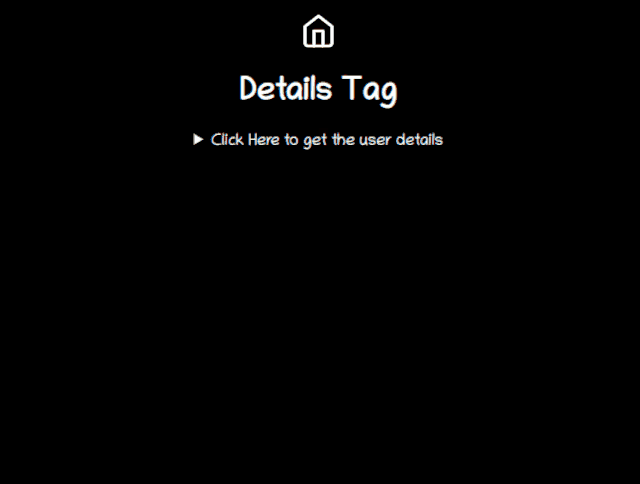


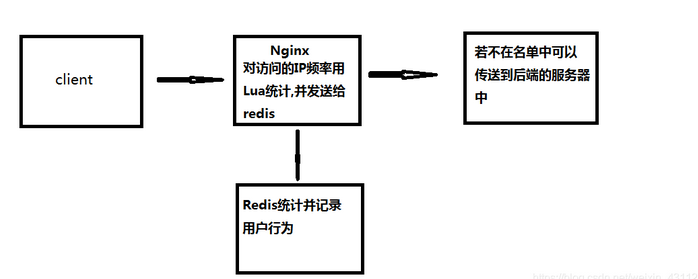



还没有评论,来说两句吧...